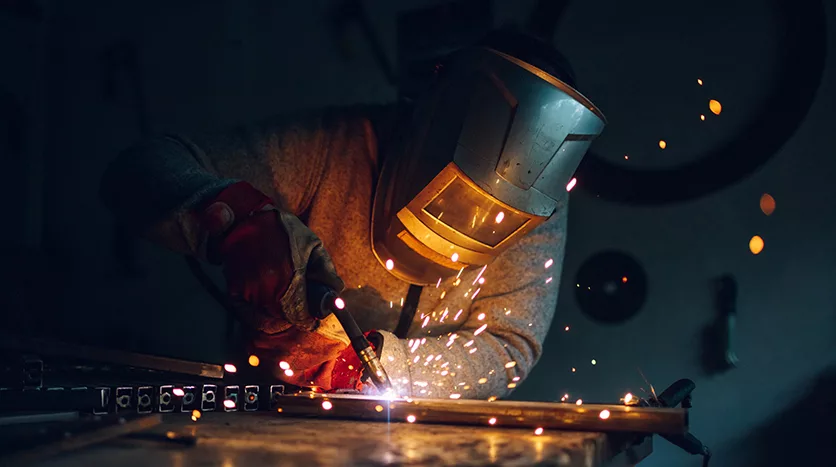A Shortage of Skilled Welders in America

According to the U.S. Bureau of Labor Statistics (BLS), as of September 2022, there were approximately 428,000 welders, cutters, solderers, and brazers employed in the United States, with the manufacturing sector accounting for 64% of those jobs.
The median age of welders in the United States is 39 years old, with about 26% of welders being over the age of 55, and 18% being under the age of 25.
The majority of welders are male, with only 3% of welders being female.
Shortage of skilled welders
There is currently a shortage of skilled workers in the welding trade. The American Welding Society (AWS) has predicted a shortage of about 314,000 welders by 2024.
This shortage is due to a combination of factors, including:
- an aging workforce with many skilled welders nearing retirement,
- low numbers of new entrants to the field,
- an increased demand for welding skills in a variety of industries, including manufacturing, construction, and energy production.
Efforts to fill the void
Manufacturing companies are taking a variety of measures to attract skilled welders in light of the shortage, including:
- Offering competitive wages: Companies are offering higher wages to attract skilled welders, as the demand for these workers continues to grow.
- Providing training programs: Many companies are offering on-the-job training programs to help workers acquire the necessary skills to become welders.
- Offering sign-on bonuses and other incentives: Some companies are offering sign-on bonuses, relocation assistance, and other incentives to attract skilled welders.
- Improving working conditions: Companies are improving working conditions to attract skilled welders, such as providing better safety equipment including OSHA-compliant fume extraction systems, comfortable work environments, and flexible work schedules.
- Collaborating with trade schools and vocational programs: Some companies are collaborating with trade schools and vocational programs to help train the next generation of welders, and to attract students to the field.
- Increasing use of automation: Manufacturing companies are also investing in automation to help fill the gap created by the shortage of skilled welders. This includes using robotic welding equipment, which can help improve efficiency and reduce the need for human welders.
Overall, manufacturing companies are taking a wide range of measures to attract skilled welders, as this shortage continues to be a major challenge for the industry.
